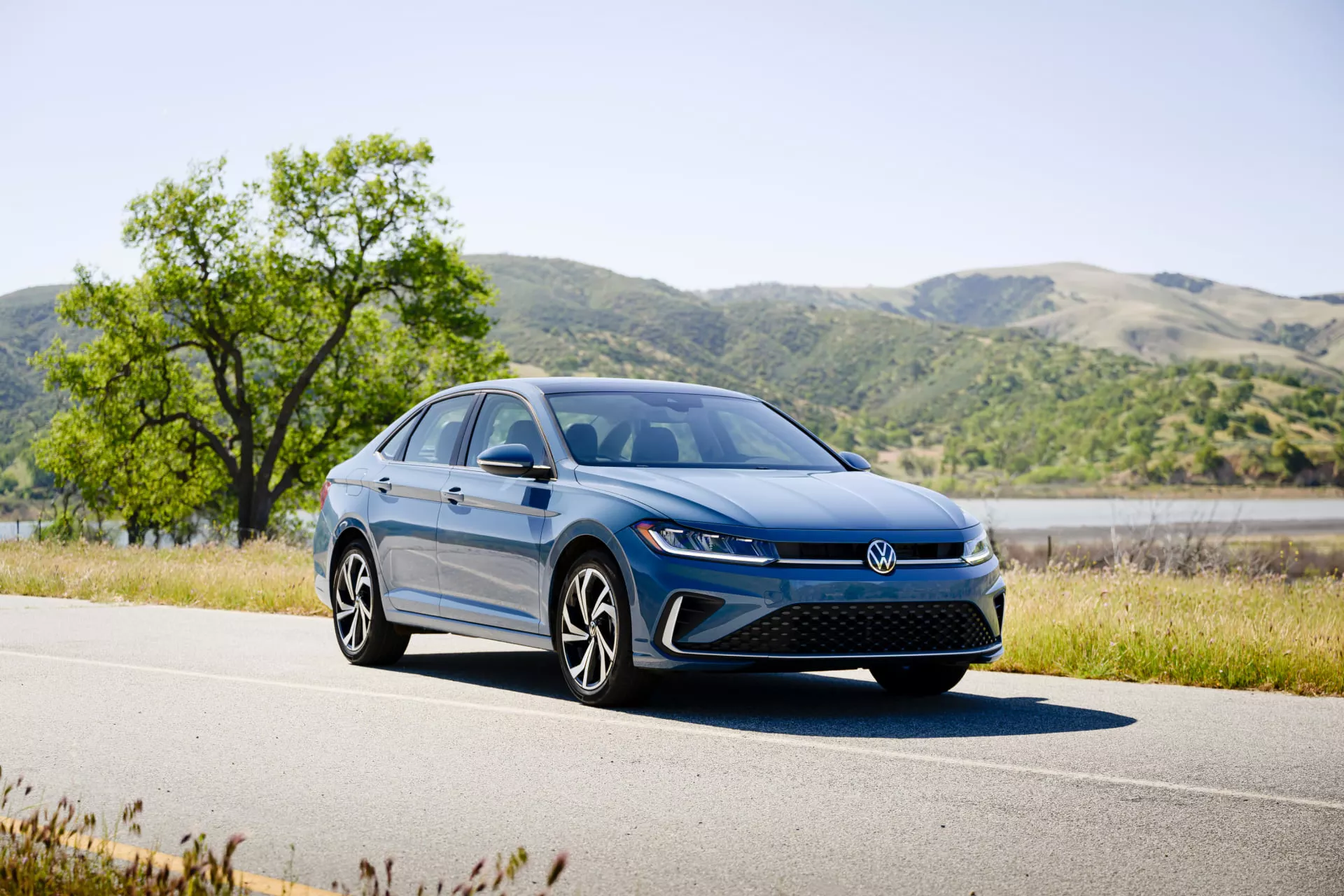In the ever-evolving landscape of automotive design, comfort features have become a key differentiator between good vehicles and great ones. While engines have grown quieter and suspensions more refined, it’s often the interior environment that defines how pleasurable a car is to drive or ride in.
One essential aspect of that experience, particularly in warmer regions, is a car’s air conditioning system. While the front-seat occupants typically benefit from well-designed, responsive climate control, it’s a common issue that back-seat passengers are often neglected.
This oversight can dramatically affect the quality of a ride, especially in situations involving long commutes, summer heatwaves, or vehicles transporting multiple passengers.
Rear air conditioning vents are now offered even in compact and budget models, but their presence doesn’t always equate to performance. The issue in many vehicles isn’t the complete absence of vents, but rather their poor placement, underpowered output, or flawed circulation strategy.
A vent located too low on the center console might blow cold air, but it won’t effectively cool passengers sitting higher up and farther back. In some cases, vents are blocked by the design of the seats or simply don’t deliver enough airflow to reach beyond the front rows.
Even in cars with dual- or tri-zone climate systems, it’s not uncommon for the back seats to feel significantly warmer than the front, creating discomfort and frustration for passengers. This problem becomes even more important when you consider who often occupies the back seat: children in car seats, elderly family members, or carpool coworkers.
Uncomfortable passengers mean distracted drivers, reduced focus, and a general decline in the travel experience. Automakers are increasingly aware of cabin ergonomics, yet rear-seat cooling often remains a low priority, especially in compact and mid-sized models.
The vehicles listed in this article may excel in fuel economy, design, or reliability, but they all share a common shortcoming: ineffective AC performance for rear seat passengers. Whether due to poor vent design, insufficient fan power, or cabin layout issues, these twelve cars just don’t get the job done when it comes to cooling the back seats.
Also Read: Why Some Engines Were Designed to Break (And Others Never Do)

1. Toyota Corolla
The Toyota Corolla is one of the most iconic and best-selling compact sedans in the world, known for its dependability, affordability, and fuel efficiency. However, despite these accolades, the Corolla falls noticeably short in the area of rear passenger comfort, particularly when it comes to air conditioning.
In most trims, the car either lacks dedicated rear AC vents altogether or includes vents that are positioned awkwardly at the base of the center console.
This design choice limits airflow direction and strength, making it nearly impossible for cool air to effectively reach rear passengers. In hot climates or during summer road trips, this can quickly become more than a minor annoyance.
In models that do include vents, the cooling power is often insufficient. The Corolla’s air conditioning system appears to be calibrated primarily with the front two seats in mind, leaving the rest of the cabin dependent on air diffusion rather than direct flow. This results in an uneven temperature gradient throughout the vehicle.
Front passengers may feel perfectly comfortable, while those in the rear are left sweating, especially when the sun is beating down and the interior begins to heat up. Even with the fan turned to its highest setting, the cool air often doesn’t penetrate far enough to provide real relief to passengers in the back.
Additionally, the compact size of the Corolla’s interior exacerbates this issue rather than mitigating it. One might assume a smaller cabin would make for easier, faster cooling, but poor airflow design nullifies that advantage.
The lack of independent climate control, even in higher trims, means rear passengers have no way to regulate their own comfort.
For families who often travel with children in the back seat, or rideshare drivers looking to keep passengers happy, this can be a serious drawback. In a vehicle that otherwise scores high marks across the board, it’s surprising and disappointing that rear AC comfort continues to lag behind expectations.
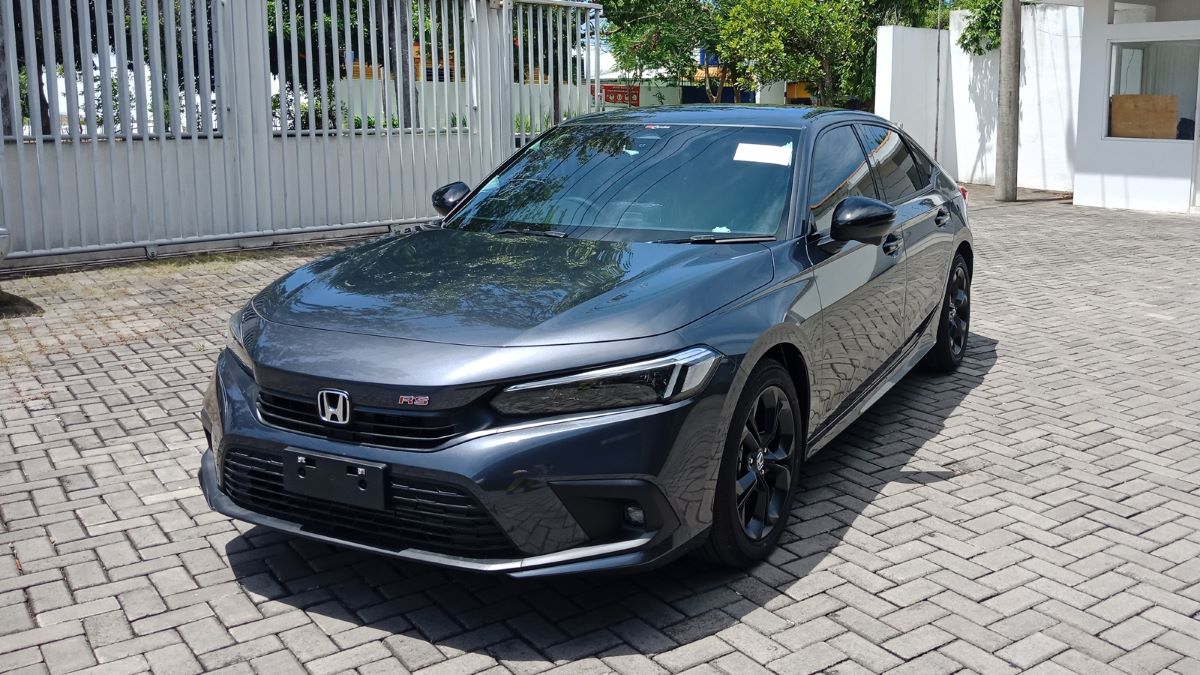
2. Honda Civic
The Honda Civic, long celebrated for its sporty handling and refined build quality, is another compact car that struggles when it comes to rear-seat air conditioning.
Although recent Civic models have made strides in offering more upscale interiors and advanced technology features, the back seat experience is hampered by weak airflow and, in many trims, a complete lack of dedicated rear vents.
This is particularly true for base and mid-level trims, where the emphasis remains on front-seat comfort, leaving the rear seat occupants at a disadvantage, particularly in summer or in areas with high ambient temperatures.
One of the key issues lies in how airflow is distributed throughout the Civic’s cabin. Without rear vents, the only source of cool air for back seat passengers comes indirectly from the front. The Civic’s dashboard vents are well-placed for the driver and front passenger, but the reach and strength of this air fades dramatically by the time it reaches the second row.
Passengers in the back are often forced to lean forward or adjust their seating to catch whatever cool air they can, creating an uncomfortable and inconvenient experience. This issue is compounded by the sloping roofline of the Civic’s modern design, which makes the back seat feel more enclosed and thus more prone to heat retention.
Even in trims where Honda has added rear air vents, such as in the Civic Touring or EX-L, the execution is far from ideal. The vents are often placed low and deliver minimal airflow, which doesn’t effectively circulate through the entire rear seating area.
In a world where even compact cars are expected to deliver balanced comfort, this flaw stands out. It becomes particularly frustrating on long drives or when transporting multiple passengers. Despite the Civic’s strengths in performance and tech, the rear AC issue remains a significant limitation for families, rideshare drivers, and anyone regularly carrying passengers in the second row.
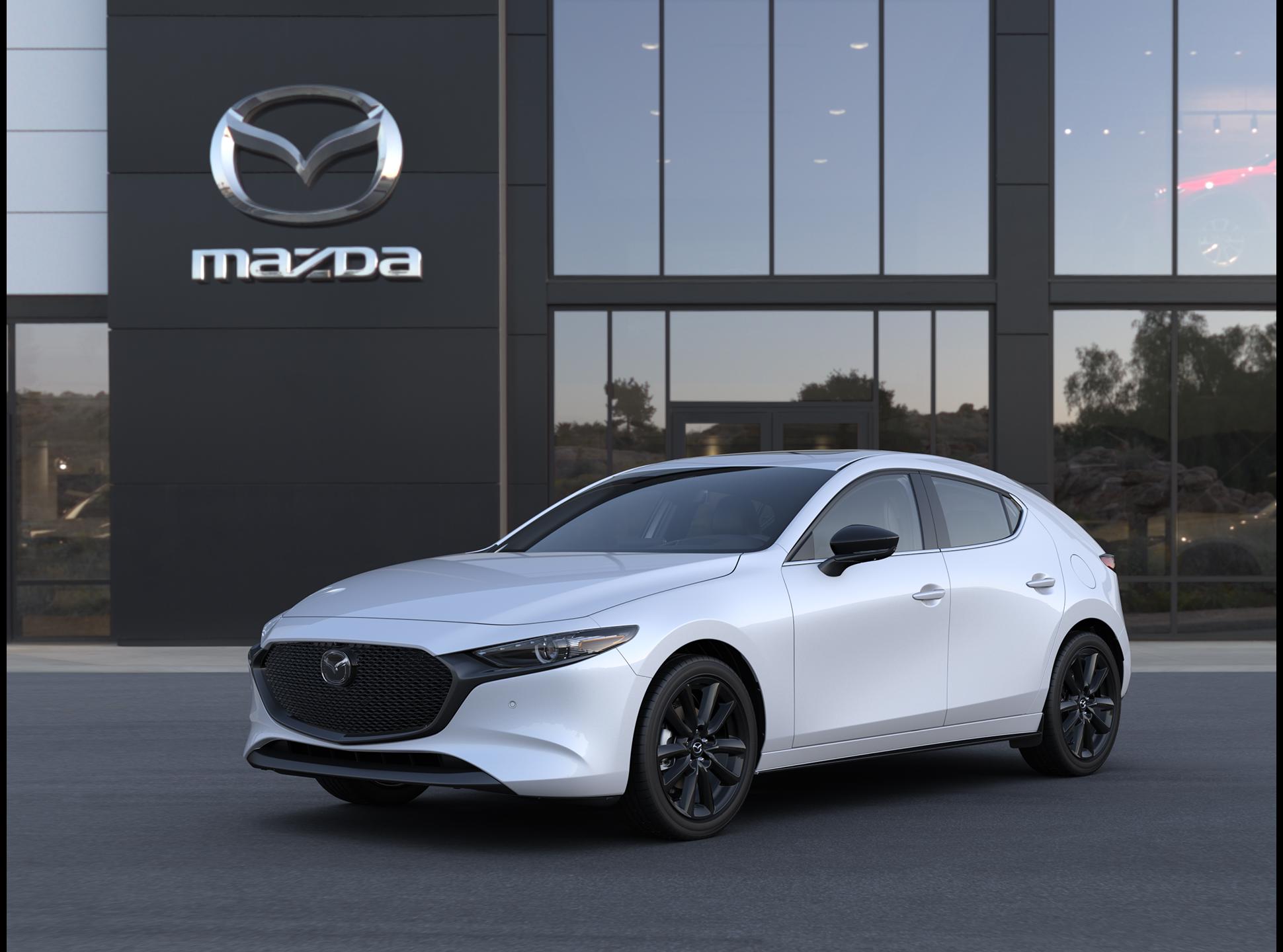
3. Mazda3
The Mazda3 is widely praised for its premium feel, stylish aesthetics, and agile performance—traits not commonly associated with compact sedans. From the outside, and even from the front seats, it often feels like a class above. But despite all these positives, the Mazda3 stumbles when it comes to rear-seat air conditioning.
Many models either lack rear vents entirely or feature ones that are so underpowered they might as well be cosmetic. For a car that positions itself as a near-luxury option in the compact segment, this shortcoming is both surprising and disappointing.
The absence or inefficiency of rear vents means that rear passengers are almost entirely dependent on air that filters back from the dashboard.
This passive air movement is rarely enough, particularly when outside temperatures rise. Unlike some competitors that at least offer partial airflow through clever vent placement or enhanced circulation, the Mazda3 fails to account for the comfort of rear-seat passengers in any meaningful way.
This flaw becomes glaring during long summer drives, as the front seat occupants may feel a refreshing chill while the back remains uncomfortably warm and stuffy.
Compounding the problem is the Mazda3’s relatively tight rear seating area. With less space for air to circulate and fewer pathways for cooled air to reach the back row, the cabin can feel cramped and poorly ventilated.
Rear passengers often describe the experience as suffocating, especially if the car is fully loaded or if the sunroof (if equipped) contributes to increased cabin temperature.
Despite its many upscale features and an interior that rivals more expensive sedans, the Mazda3’s lackluster AC design undercuts its value for anyone who regularly carries passengers in the back. Mazda has nailed the driving experience and aesthetics, but in this area of passenger comfort, it has missed the mark.
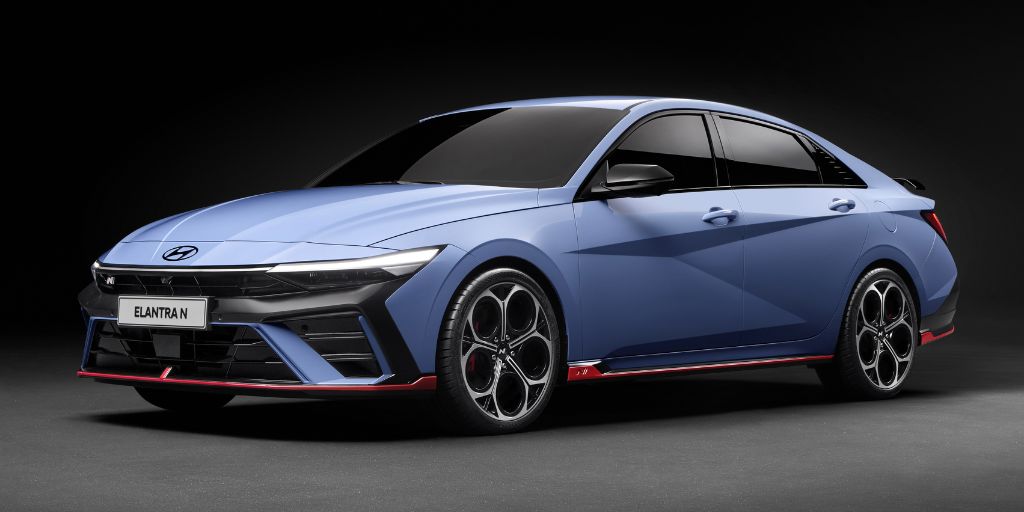
4. Hyundai Elantra
The Hyundai Elantra is a car that punches above its weight in many respects. It offers stylish design, a spacious cabin, and a feature-rich package at a competitive price. However, one area where it consistently underdelivers is rear seat air conditioning.
In many models—especially the lower and mid-tier trims—there are either no rear AC vents or ones that are placed awkwardly with limited effectiveness. This becomes a noticeable issue in warm climates, where air circulation and cooling power are crucial to passenger comfort throughout the vehicle.
When rear vents are present, they are typically mounted low on the back of the center console. This placement, while not uncommon in compact sedans, tends to restrict airflow and direct it poorly. Rear passengers often find that even at full blast, the cool air never truly reaches them in a meaningful way.
This leads to uneven cooling across the cabin, where the front row remains pleasantly chilled while the rear becomes warm and uncomfortable. The imbalance becomes even more prominent when the vehicle is carrying multiple passengers, amplifying the heat generated within the cabin.
Hyundai has made strides in recent years to enhance the comfort and technology of its vehicles, and some higher trims now offer dual-zone climate control or improved ducting. Still, the base structure of the Elantra’s AC system remains flawed in its delivery to the rear seats.
In a market where compact sedans are becoming more refined and better equipped, this issue stands out as a clear disadvantage. For families, carpoolers, or those who often have passengers in the rear seats, the Elantra’s weak rear AC performance can be a daily irritation that detracts from the otherwise strong value proposition of the vehicle.
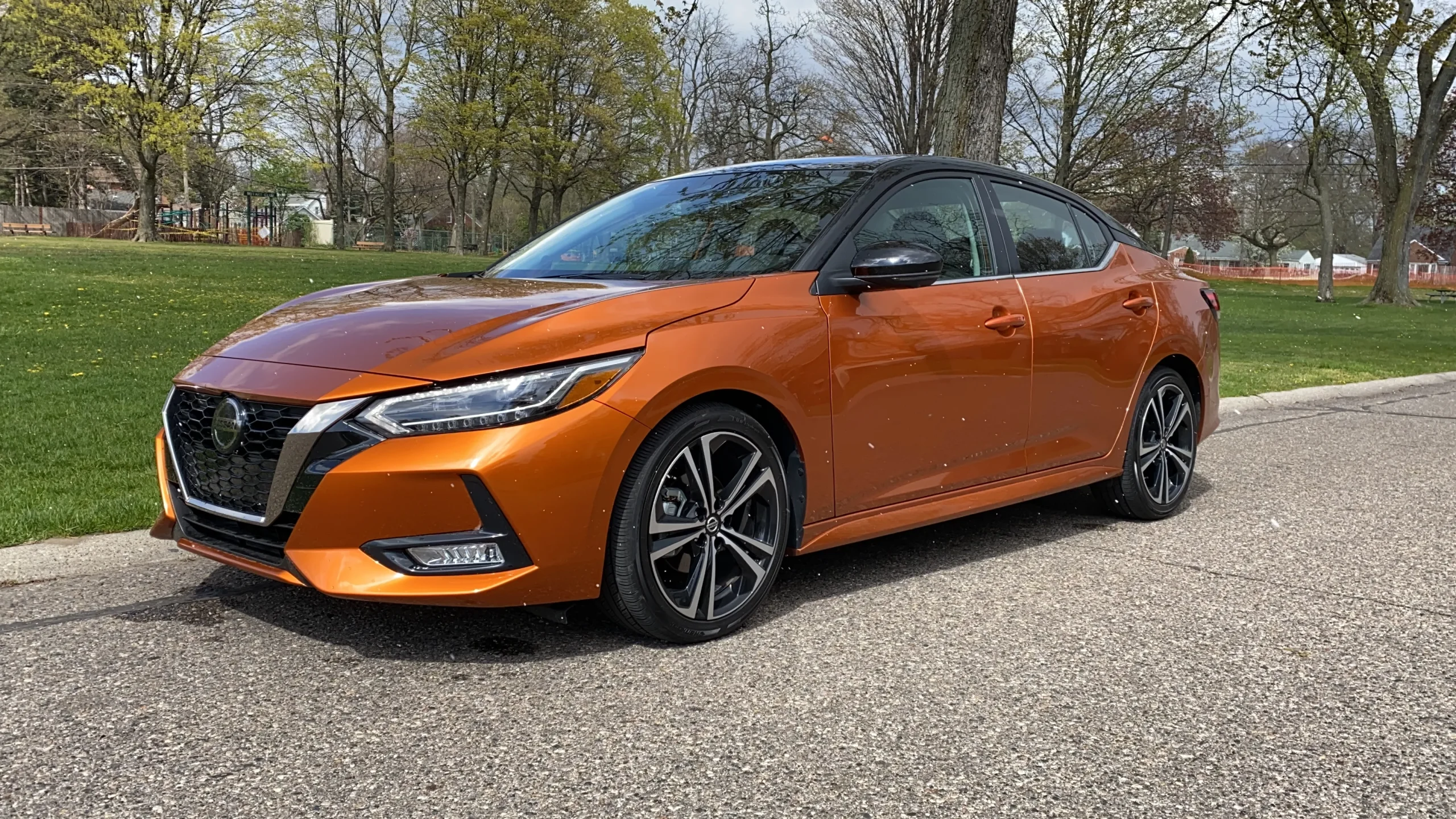
5. Nissan Sentra
The Nissan Sentra has seen a design renaissance in recent years, shedding its utilitarian past in favor of a more refined and upscale appearance. With features like improved infotainment, a more premium interior, and a surprisingly smooth ride, it has become a competitive option in the compact sedan segment.
However, even with all these upgrades, the Sentra continues to lag in one key area—rear-seat air conditioning. Many trims lack dedicated rear vents entirely, which severely compromises airflow to the back seat, especially during peak heat conditions or long-distance driving.
Even in trims that do include rear air vents, the performance is mediocre at best. The vents often lack directional range, and the airflow they provide is minimal, offering little relief to rear passengers. The cooling system seems primarily optimized for front occupants, which creates a noticeable temperature difference between the front and rear of the vehicle.
Passengers in the back may begin to feel hot and sticky just minutes into a drive, even if the AC is blasting up front. This issue becomes particularly problematic in climates where air conditioning isn’t a luxury—it’s a necessity.
The issue is compounded by the Sentra’s relatively large interior for a compact car. With more cabin volume to cool and a lack of efficient airflow reaching the rear, the cooling imbalance becomes more pronounced.
Nissan has focused on delivering a more comfortable and upscale ride experience in the latest models, but overlooking the importance of rear passenger climate control undermines that goal. In an otherwise well-rounded vehicle, the lack of effective rear seat cooling remains a noticeable and persistent flaw.
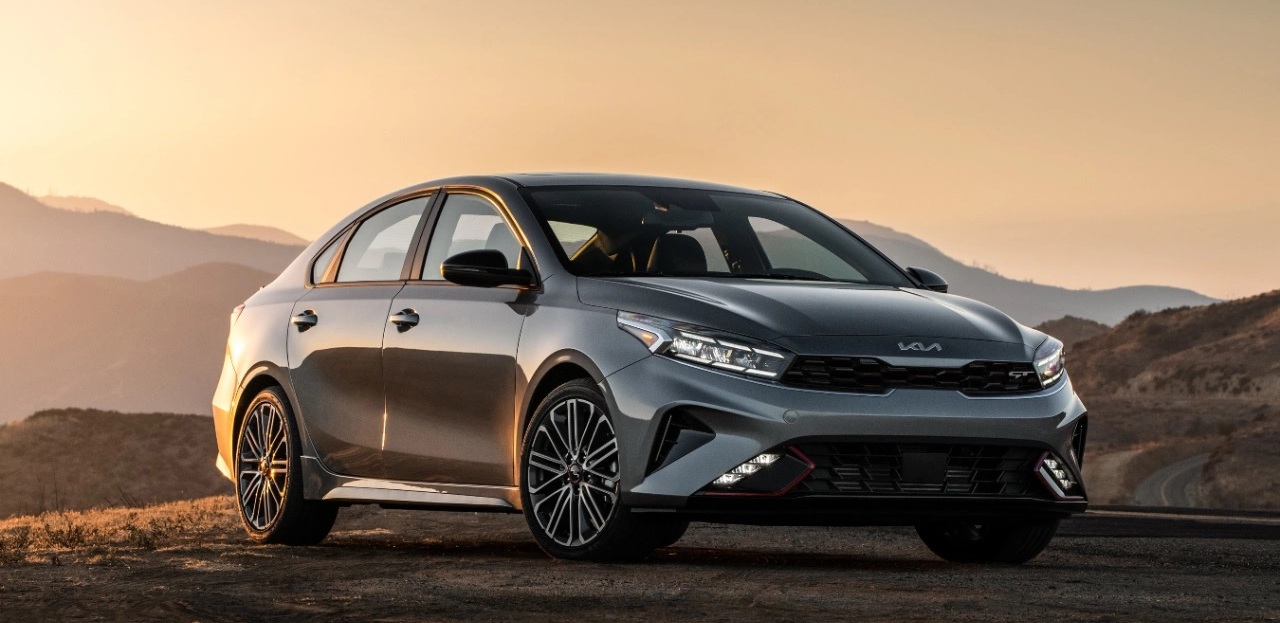
6. Kia Forte
The Kia Forte is another compact sedan that delivers excellent value through stylish design, strong warranty coverage, and solid tech integration. Yet despite these appealing traits, the Forte doesn’t deliver evenly when it comes to rear-seat air conditioning.
Many Forte models, especially the more affordable trims, do not include rear AC vents at all. This omission makes it difficult for air to circulate to the rear, leaving back seat passengers to rely on whatever indirect airflow trickles from the front.
When rear vents are available in higher trims, they are typically small, with limited adjustability and insufficient airflow. These vents, mounted low on the back of the center console, often fail to direct cool air efficiently toward back seat occupants.
The cooling system as a whole appears designed with a focus on front-row comfort, leading to situations where rear passengers suffer through warm and stagnant air. This becomes particularly frustrating during long drives or family outings where consistent cabin temperature is critical.
The cabin space in the Forte is fairly generous for a compact car, but that actually works against it in this context. With more air volume to manage and a weak rear delivery system, cooling the entire space evenly becomes a challenge.
For drivers living in warmer regions or those frequently transporting passengers, this can be more than just an inconvenience—it can become a deal-breaker. Kia has made strides in other comfort areas, but rear AC cooling is still an overlooked weakness in the Forte’s design.
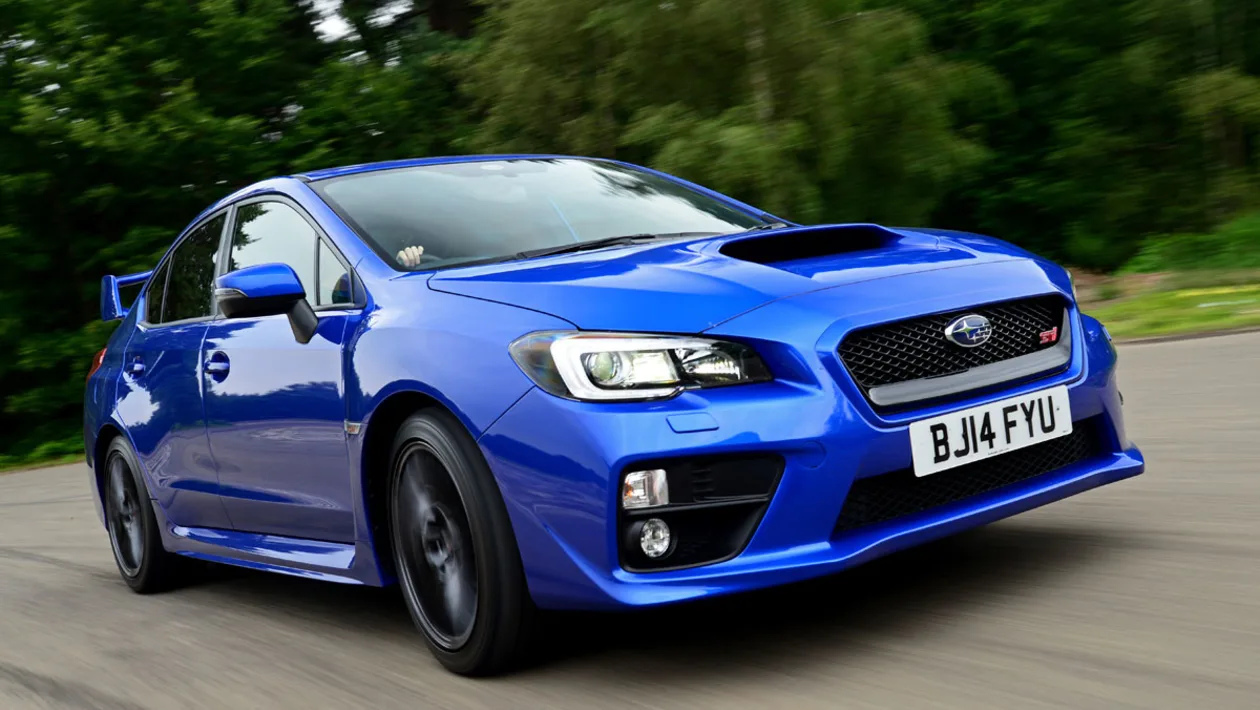
7. Subaru Impreza
The Subaru Impreza has earned a loyal following thanks to its all-wheel-drive system, durability, and safety features. As a compact car that handles well in various weather conditions, it appeals to practical buyers and outdoor enthusiasts alike. However, one area where the Impreza falls noticeably short is rear cabin cooling.
In many trims, particularly the lower and mid-tier versions, there are no rear AC vents at all. This leads to a cabin environment where rear passengers can feel forgotten, especially in warmer weather.
The lack of rear vents in a car designed for comfort and utility seems like a significant oversight. Even with the front vents working hard, cool air doesn’t travel well to the back. This is especially true during the summer months or when the vehicle is packed with passengers.
Without proper airflow distribution, the rear seats can quickly become a hot zone. The issue is compounded by the fact that Subaru, while engineering-focused in many ways, hasn’t prioritized rear climate solutions in the Impreza as it has in some of its larger vehicles.
Adding to the discomfort is the cabin’s design. The sloped roofline and relatively snug rear seating area can create a sensation of confinement. When coupled with weak airflow, this makes the rear of the vehicle an unpleasant place to be on long journeys.
Despite the Impreza’s reliability and safety strengths, the lack of attention to rear-seat air conditioning is a notable flaw, particularly for families or commuters who rely on it for everyday travel.
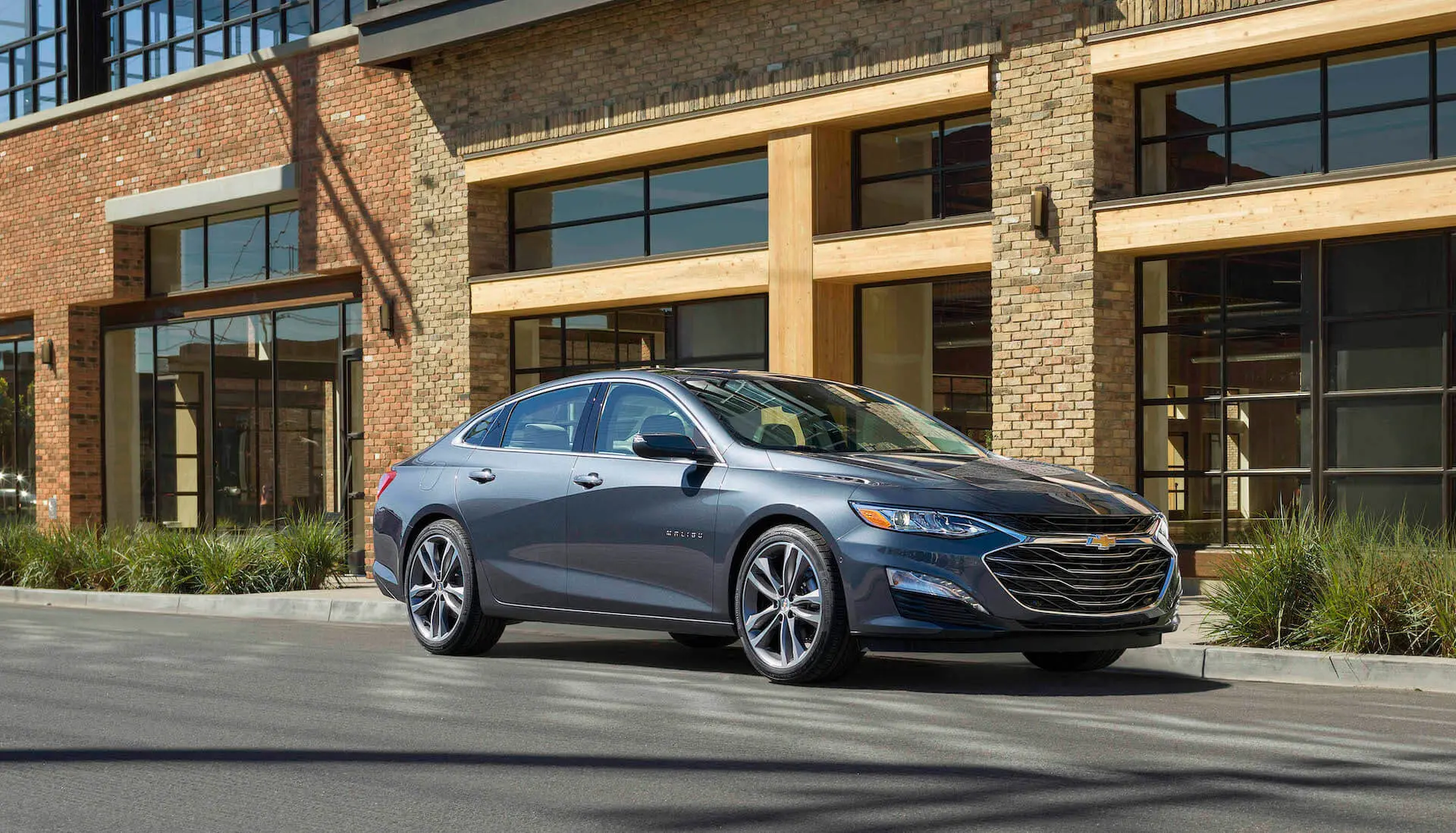
8. Chevrolet Malibu
The Chevrolet Malibu is positioned as a mid-size sedan, offering more space and comfort than smaller competitors. With its roomy interior and smooth highway performance, one would expect that rear-seat amenities like air conditioning would be top-notch. Unfortunately, that’s not the case.
Many Malibu models suffer from ineffective rear AC performance, with vents that either lack proper placement or deliver inadequate airflow. This creates an uncomfortable experience for passengers seated in the back, surprising, given the Malibu’s otherwise family-friendly appeal.
Even in trims where rear vents are present, the power of the airflow leaves much to be desired. Often, these vents are mounted low and face downward, resulting in cold air pooling near the floor rather than circulating to where passengers sit.
Rear passengers frequently report feeling the effects of a warm cabin while the front occupants are completely comfortable. The cooling inconsistency is not just inconvenient—it reflects a lack of thoughtful cabin airflow engineering.
What’s most frustrating about the Malibu’s AC shortcomings is that it undermines its strengths in other areas. The vehicle is marketed as a spacious, comfortable sedan—perfect for commuting or road trips—yet it can’t keep the entire cabin consistently cool.
For families, ride-share drivers, or anyone planning to regularly use the rear seats, this becomes a notable disadvantage. Rear-seat AC may seem like a minor feature, but when it fails to perform, it can cast a shadow over the entire driving experience.
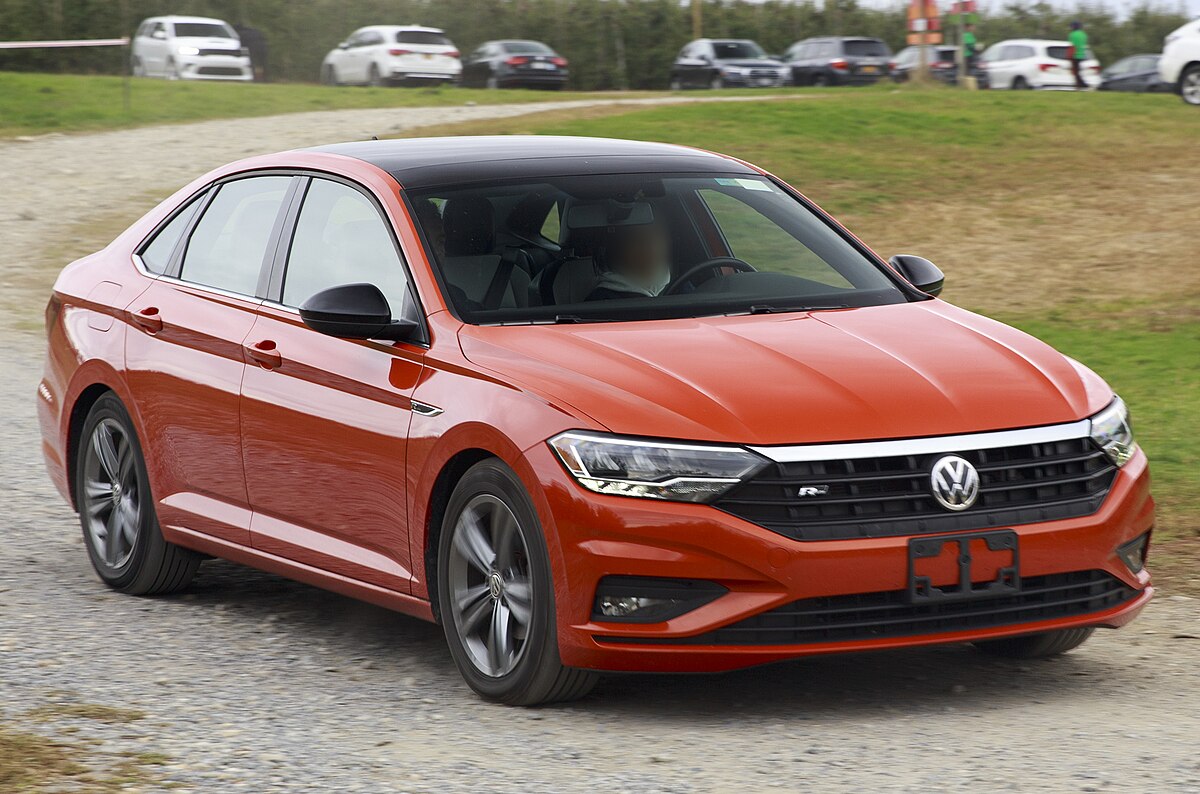
9. Volkswagen Jetta
The Volkswagen Jetta has long been considered a refined entry in the compact sedan segment. With German engineering at its core, it promises a more premium experience than many of its competitors. Its clean interior layout, quiet cabin, and composed ride make it appealing to both younger professionals and small families.
However, one glaring shortfall in the Jetta, across multiple generations, is the inconsistent performance of its rear-seat air conditioning system. In many base and mid-tier trims, there are no dedicated rear AC vents at all, which severely limits airflow to the back of the cabin.
Even when vents are included, particularly in higher-end models like the SEL or GLI, the performance doesn’t quite match the car’s otherwise upscale intentions. The rear vents are mounted low and provide relatively weak airflow, resulting in an environment where rear passengers may still feel hot, especially during summer.
The issue isn’t necessarily the strength of the AC system—it cools the front very effectively—but rather the design choices regarding airflow distribution. The front occupants enjoy focused, strong ventilation, while the rear passengers are left to rely on ambient air movement that takes far too long to become effective.
The design of the Jetta’s cabin does little to support air movement to the rear seats. While the cabin feels clean and elegant, the airflow strategy seems to have been deprioritized. Dark upholstery in many trims absorbs heat quickly, making the cabin feel warmer, particularly in direct sunlight.
With a sloping rear roofline and moderate headroom, the back row can begin to feel stale and stifling in a short time. This lack of proper air circulation diminishes the comfort level for back-seat passengers and undermines the premium image the Jetta strives to project.
For those who frequently drive with passengers in the rear—whether it’s family, friends, or ride-share clients—the Jetta’s air conditioning shortcomings can become a persistent irritation. Volkswagen has positioned the Jetta as a driver-focused vehicle with upscale aspirations, but the lack of attention to rear passenger cooling is a blind spot that holds it back.
In climates where cabin temperature control is crucial, this flaw could easily sway a buyer toward more thoughtfully ventilated alternatives in the same price bracket.
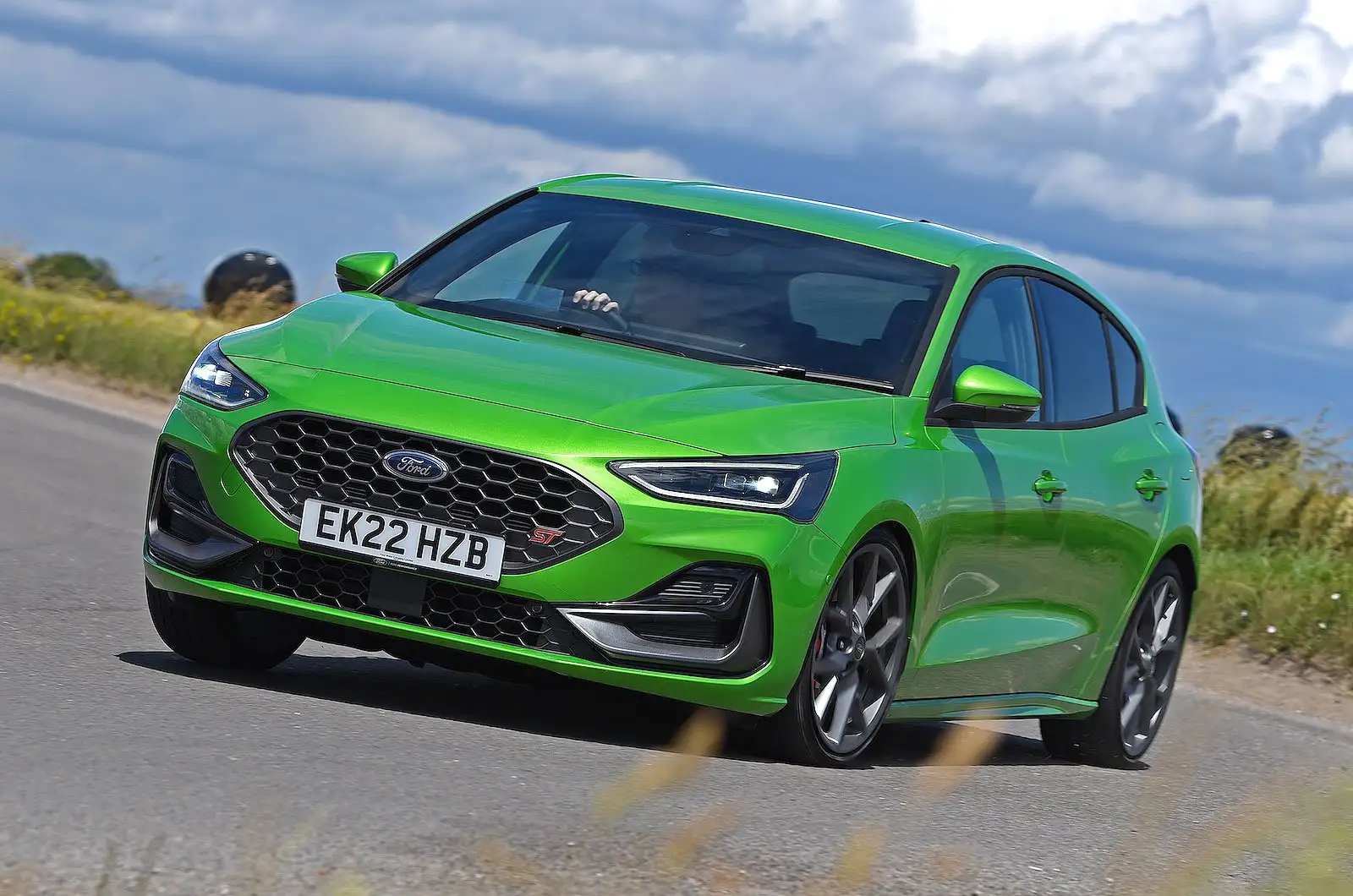
10. Ford Focus
The Ford Focus has been a staple in the compact car market for decades, known for its engaging drive, modern styling, and value. Particularly in its later generations, the Focus emphasized technology and refinement, positioning itself as a well-rounded choice for urban drivers and small families.
Despite this effort, a significant drawback in its design lies in the rear-seat air conditioning. In many trims of the Focus—especially the base and SE models—there are no dedicated rear AC vents, which creates a noticeable imbalance in cabin comfort.
Rear-seat passengers in the Focus often report feeling left out of the climate control equation entirely. Even when the front vents are fully open and the AC is running at a high level, cool air fails to reach the back effectively. This is especially problematic during hot summers or in stop-and-go traffic, where the engine speed drops and airflow slows even more.
The Focus’s cabin is reasonably spacious for a compact car, but this added room can work against it when the air conditioning isn’t distributed well. The result is a front-to-back disparity in temperature that becomes hard to ignore on longer drives.
Even in higher trims or hatchback variants that include improved features, the air conditioning strategy remains front-focused. The lack of independent climate controls or better ducting to the rear seats is a surprising omission given Ford’s attention to detail in other areas.
This shortfall is especially impactful for parents with young children, who are often seated in the back and require steady airflow to remain comfortable. The absence of attention to rear comfort feels out of step with the rest of the car’s otherwise competent and practical design.
Given that the Focus is often marketed as a family-friendly, city-sensible vehicle, the lack of adequate rear-seat ventilation is a notable and frustrating oversight.
While front-seat occupants may enjoy a comfortable and well-ventilated space, the rear cabin’s weak AC system makes it difficult to consider the Focus a complete solution. For those living in warm climates or relying on the vehicle for daily commutes with passengers, this flaw can significantly affect day-to-day satisfaction.
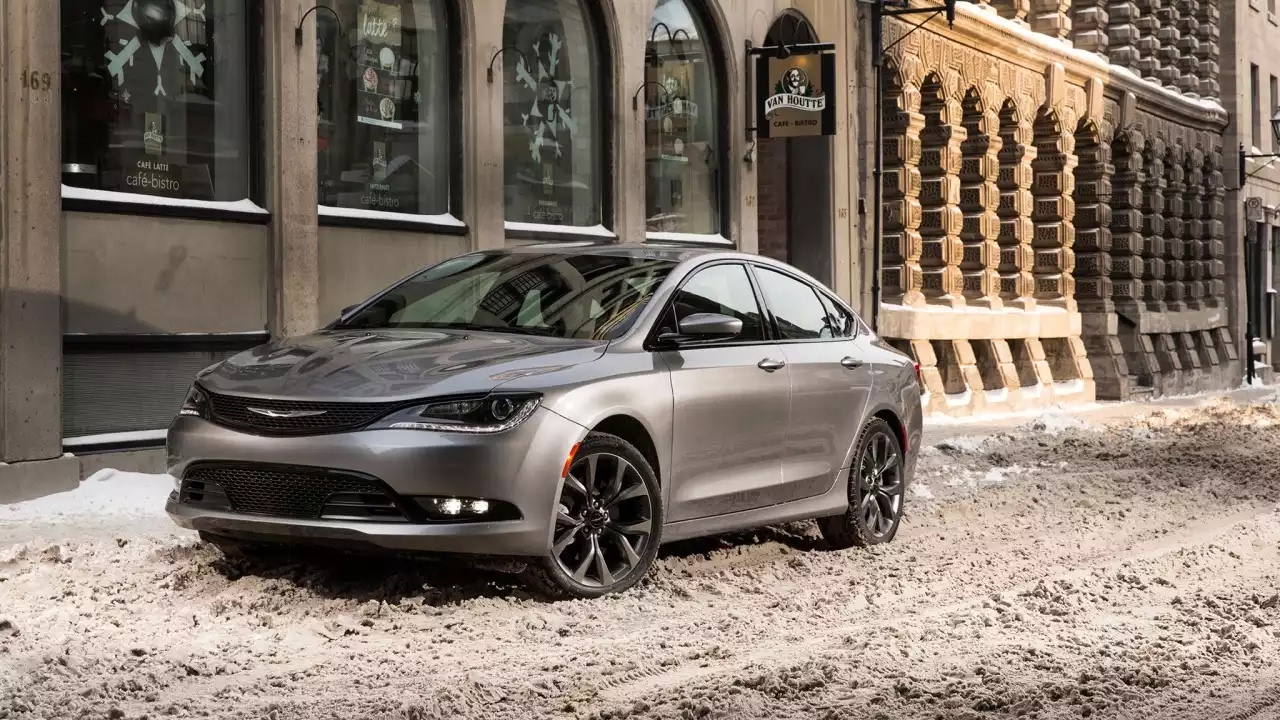
11. Chrysler 200
The Chrysler 200 was once pitched as an American answer to the ever-popular mid-size sedan segment, competing with names like the Honda Accord, Toyota Camry, and Ford Fusion. It came equipped with a sleek exterior design and a surprisingly well-finished interior.
Despite these advantages, however, the Chrysler 200 was plagued by several interior comfort issues, one of which was its underwhelming rear-seat air conditioning system. Rear passengers were often left to rely on indirect airflow from the front dashboard vents, as dedicated rear vents were missing in many trims or placed in ineffective positions.
This poor airflow performance quickly became a point of frustration for passengers in the back, especially during long drives or high-temperature seasons. In a car this size, one would reasonably expect evenly distributed airflow throughout the cabin, but the Chrysler 200 often failed to deliver.
Even when the front AC system was working effectively, the rear cabin remained noticeably warmer. This issue was further exacerbated by the vehicle’s swooping roofline, which created a slightly claustrophobic feel in the rear and limited headroom, making it harder for air to circulate naturally.
Even in premium trims like the 200C or 200S, where features such as leather seating and advanced infotainment were offered, climate control seemed stuck in a cost-cutting zone. The rear seat passengers had no means to control the airflow or adjust direction or intensity, creating a one-sided comfort experience.
Chrysler attempted to enhance the car’s appeal with upscale aesthetics, but the lack of fundamental comfort engineering, especially in areas as vital as climate, undermined its ambitions. It was a case of style over substance in the worst possible area—passenger well-being.
Ultimately, the Chrysler 200 was discontinued, and while there were multiple factors behind this decision, ranging from drivetrain options to market performance, the failure to meet practical expectations played a role. Poor rear-seat air conditioning contributed to a lack of enthusiasm from families and frequent passengers alike.
In a segment where competition is fierce and margins are narrow, rear comfort isn’t just a minor detail—it’s a make-or-break factor. The Chrysler 200 is a textbook example of how a beautiful car with comfort flaws can struggle to retain long-term interest.
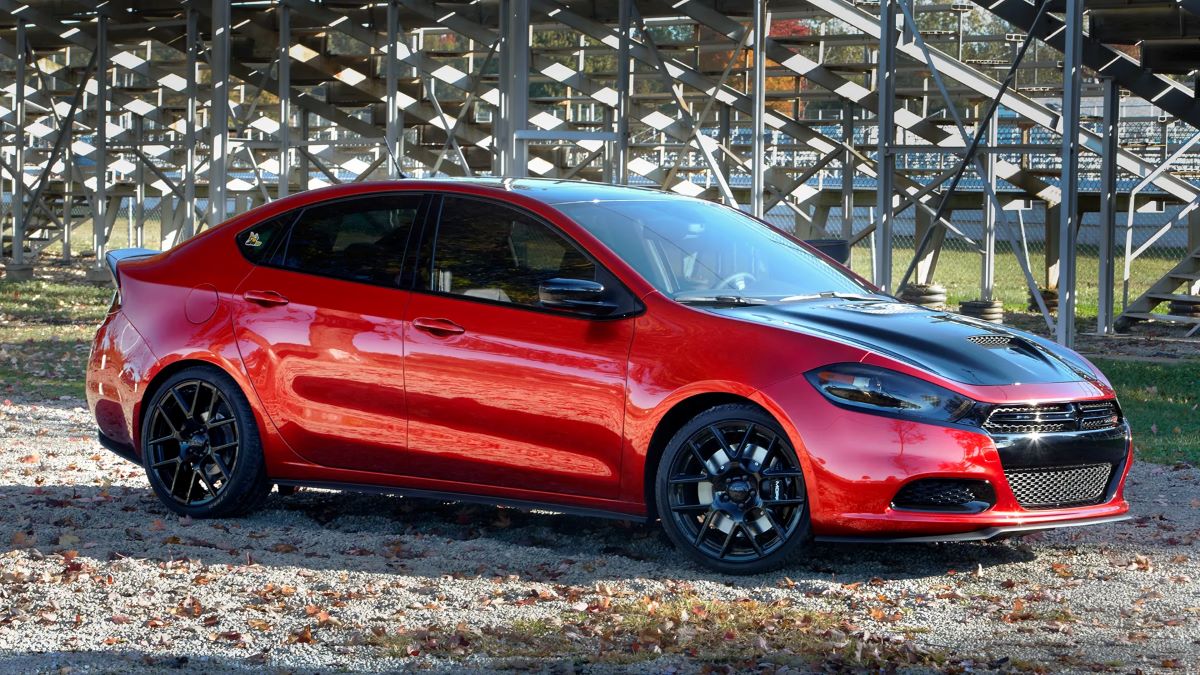
12. Dodge Dart
The Dodge Dart was reintroduced in the early 2010s as Dodge’s attempt to recapture the compact sedan market, offering a blend of Italian underpinnings (courtesy of Fiat) and American design cues. With a sporty exterior, respectable tech offerings, and multiple trim levels, the Dart sought to appeal to young professionals and budget-conscious buyers.
Despite these strengths, the Dart had several comfort drawbacks, including a notably poor air conditioning system for rear passengers. Many models completely lacked rear vents, and those that had them often featured weak airflow and no adjustability.
This design flaw meant that passengers seated in the back, especially on hot days, were frequently uncomfortable. Without dedicated vents, the air had to travel all the way from the dashboard to the rear, often with obstacles like front seatbacks and narrow cabin passageways in its path.
The Dart’s interior was already on the tighter side for rear occupants, so the lack of proper ventilation made this space feel even more restrictive. Complaints about poor rear airflow were common among owners, particularly those using the car for commuting or carpooling.
Moreover, the Dart’s sporty styling came with a sloping roofline and high beltline that, while visually appealing, did no favors for cabin air circulation. Heat would often build up near the roof, and with no upper-level vents or airflow channels to direct cool air upward, rear passengers had few options for relief.
The lack of rear-seat climate control added to the frustration. No matter how cold the AC was set or how high the fan speed, the results in the back seat were inconsistent at best and miserable at worst.
For a car meant to compete in a highly competitive segment, this was a serious drawback. Rear-seat AC may seem like a minor feature to overlook, but for buyers in hot regions or families with young children, it becomes a critical comfort issue.
The Dodge Dart was discontinued after only a few years on the market, and while factors like drivetrain choices and sales numbers played a part, user experience flaws, such as rear comfort, were equally damaging. It’s a reminder that even the flashiest design can’t make up for a stuffy, poorly cooled back seat.
Also Read: Why Some Engines Were Designed to Break (And Others Never Do)t
Rear-seat air conditioning is often treated as an afterthought in automotive design, particularly in compact and mid-size sedans, but it has a disproportionately large impact on the comfort and usability of a vehicle.
As we’ve seen across this list of twelve otherwise competent cars, the failure to provide effective airflow to the back of the cabin can significantly degrade the driving experience, especially in warmer climates or for families with small children. No matter how stylish, efficient, or technologically advanced a car may be, it’s hard to overlook sweaty passengers and uneven cabin temperatures.
In many of these vehicles, the issue isn’t just the lack of rear vents, but also their poor placement, weak output, or lack of independent control. These seemingly small oversights often translate into daily discomfort and long-term dissatisfaction, especially for people who frequently drive with passengers.
While front-row comfort is prioritized in most designs, manufacturers are increasingly being called out by consumers who expect equal treatment for all occupants. It’s no longer acceptable for the rear seat to feel like an afterthought, particularly when modern buyers are more informed and demanding than ever.
As automakers push forward with innovation and cabin refinement, rear-passenger AC performance should be part of the evolution. Better vent placement, stronger airflow, and smarter climate control systems are not just luxuries—they’re necessities for a balanced and truly comfortable ride.
The vehicles listed in this article may deliver in many areas, but their inability to properly cool the back seats serves as a reminder: true automotive comfort is about more than just the driver—it’s about every seat in the car.

